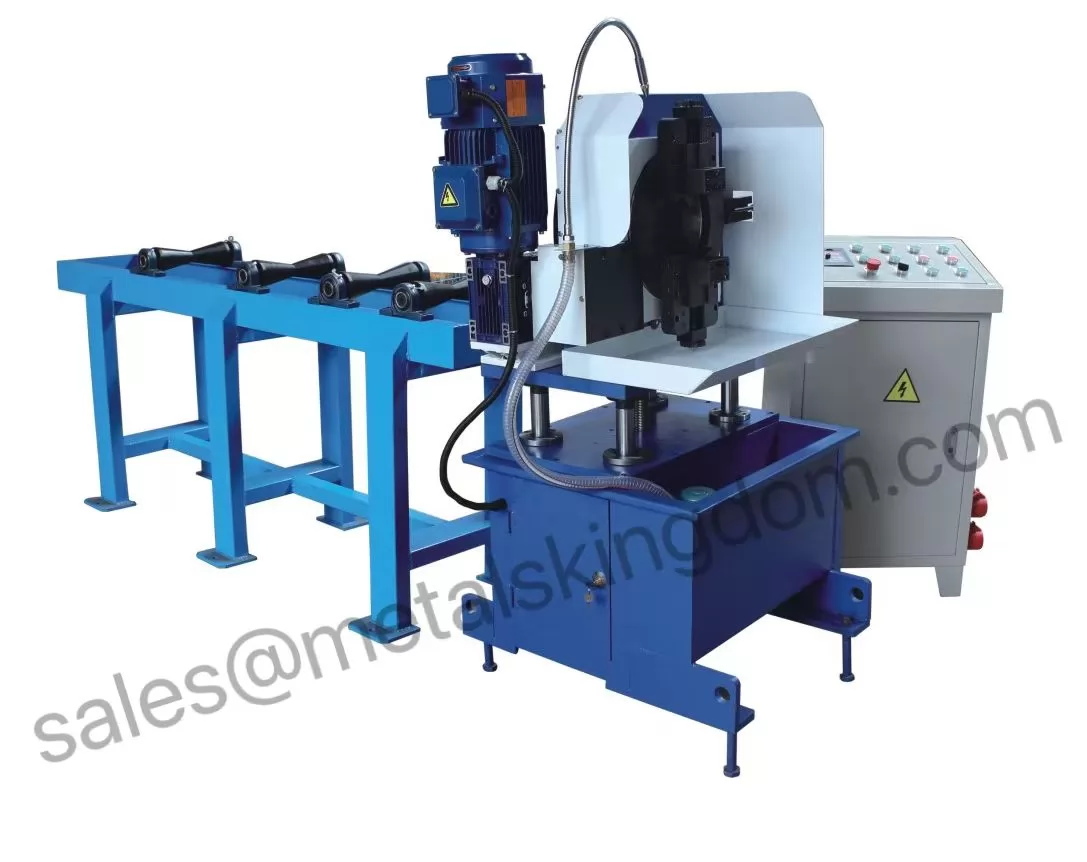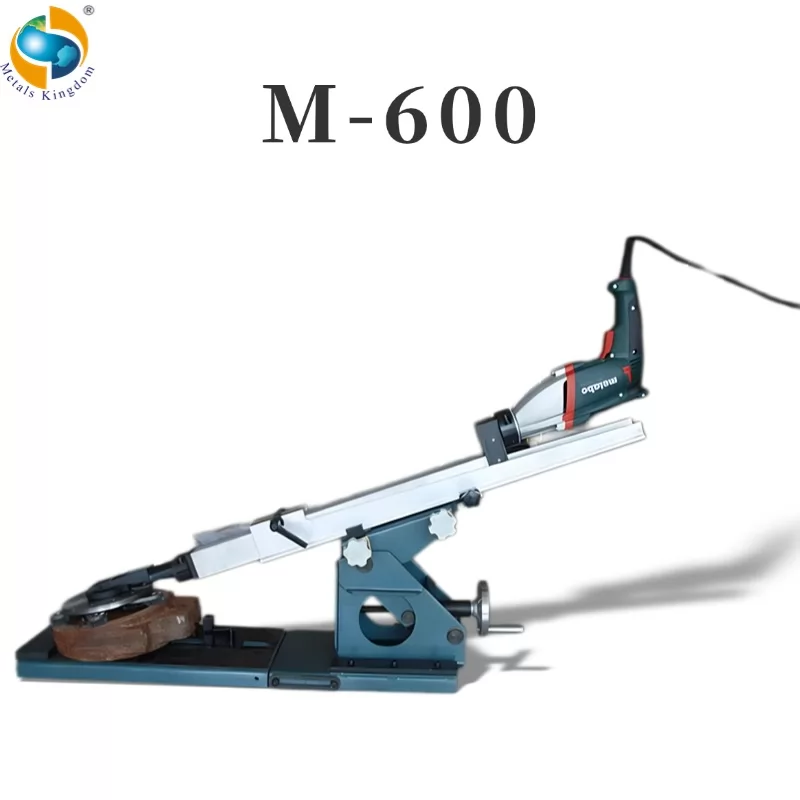The valve pressure test is an inspection procedure that must be passed after the valve is shipped and repaired. The content of the valve pressure test includes the shell pressure test, upper seal test, and low pressure and high pressure seal test. Today, Valve test bench supplier will share with you "5 requirements and test methods for valve pressure test".
I. 5 requirements for valve pressure test
1. For valves with special structures (except oil-sealed plug valves) that allow emergency sealing grease to be injected into the sealing surface or the packing part, the injection system should be empty and ineffective during the test.
2. When testing with liquid, the air in the cavity should be exhausted.
3. Before the shell test, the valve must not be painted or coated with other coatings that can cover the surface defects (phosphorizing treatment or similar chemical treatment to protect the valve surface. Use before the test is allowed, but the pores should not be covered , Stoma, trachoma, etc.).
4. When carrying out gate valve, plug valve and ball valve sealing tests, the body cavity between the valve cover and the sealing surface should be filled with medium and pressurized to the test pressure, to avoid being gradually filled with the medium and pressure into the above parts during the test. Leakage of the sealing surface was not detected.
5. During the sealing test, no external force that affects the leakage of the sealing surface should be applied to the two ends of the valve, and the operating torque of closing the valve should not exceed the closing torque of the valve design.

Valve Pressure Test Table
Second, the valve pressure test method
1. Test method of valve pressure test table
1.1 Pressurize the body cavity of the installed valve, the two ends of the valve are closed, and the opening and closing parts are partially opened. During the test, there shall be no leakage at each joint. Except for the bellows-sealed valve, the stuffing gland is tight enough to maintain the test pressure, so that the stuffing box part is subjected to the test. There should be no leakage at the stuffing box during the test.
1.2 For valves with non-adjustable stem seals (such as "O" rings, single-layer seals or similar packings), there shall be no leakage at the seals when the housing is tested.
2.Seal test method on valve
Valves with upper seal performance (except bellows valves) shall be tested for upper seal. In the upper seal test, the two ends of the valve are closed, and the valve is pressurized into the assembled valve body cavity. The valve should be fully opened and the packing gland should be loosened. Valve manufacturers should not use valves that have passed the upper seal test as a basis for recommending that valves be filled or replaced when pressure is applied.
3. Valve low-pressure seal test method
3.1 During the test, the seal should be kept clean and free of oil stains (but it is not applicable to valves with lubricant as the main seal). In order to prevent the sealing surface from being scratched, an oil film not thicker than the kerosene film can be applied.
3.2 Low-pressure sealing shall be carried out in one of the following ways:
a) For two-way sealed valves (except multi-channel valves and shut-off valves), pressurize each end of the closed valve successively, and open the other end to the atmosphere to check the leaking surface of the outlet end.
Valves that are sealed in one direction and marked with the direction of flow of the medium shall be pressurized at the inlet end. For check valves, pressurize at the outlet end.
Fill the sealed surface of the open end of the valve with clear water or apply soapy water and other similar solutions, and observe the air bubbles to check the valve seat and the valve seat contact surface with the valve body and the amount of leakage when the valve is sealed. It can also be checked by the test device specified in the order contract.
b) For multi-channel sealed valves, the test medium shall be sequentially introduced from the sealed channel port for pressure, and check the leakage at the inlet sealing surface from the stuffing box (in this case, no packing should be installed) or other open channel ports. rate. Note: For wedge-type single gate (rigid or elastic) gate valves, the following test methods are not allowed: such as sealing the test medium on two sealing surfaces, pouring clear water or coating soapy water on the two sealing surfaces and similar tests method.
3.3 For the elastically sealed butterfly valve, whether it is a one-way seal or a double-sided seal, only the pressure test at the most unfavorable end is required.
4. Valve high pressure seal test method
The high-pressure seal test is the same as the low-pressure seal test. When the test medium is a liquid, the leak detection shall be a droplet.












